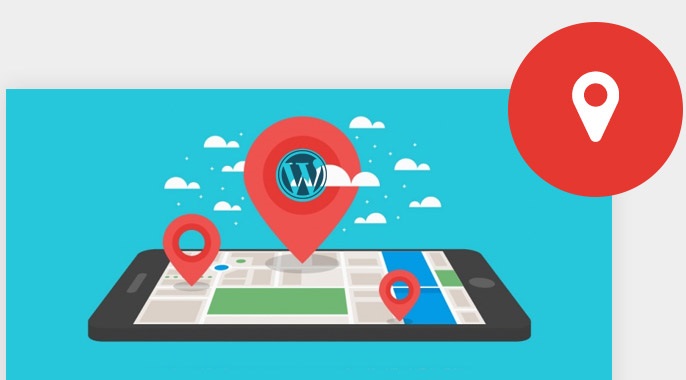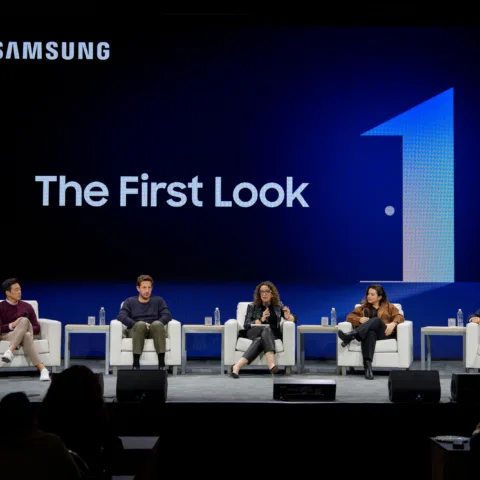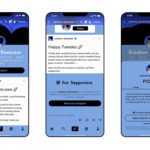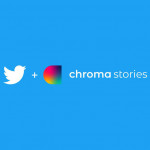 During TechCrunch Disrupt SF, Posterous unveiled Posterous Spaces, the latest incarnation of its email oriented blogging service. Spaces is Posterous redesigned and reimagined. It essentially merges Posterous’ blog and Groups services, turning it into something that resembles Google+ or Tumblr with selective sharing ability instead of a standard blog site.
During TechCrunch Disrupt SF, Posterous unveiled Posterous Spaces, the latest incarnation of its email oriented blogging service. Spaces is Posterous redesigned and reimagined. It essentially merges Posterous’ blog and Groups services, turning it into something that resembles Google+ or Tumblr with selective sharing ability instead of a standard blog site.
Posterous had been one of the most innovative blogging sites, embracing email like no one else had before, but it decided a while ago to release not just one but two mobile apps. PicPosterous, its first mobile app, remains unchanged as an app that lets Posterous users manage their blogs as photo albums. Its primary Posterous app however, got itself an update earlier today to support the new direction the company is taking with Spaces.
In Posterous’ first few years it didn’t used to matter if you registered or not. You didn’t have to register as long as you kept sending posts from the same email address. The new Posterous now encourages you to log in and find friends based on your email address, Facebook and Twitter accounts.
What Posterous Spaces offers is more like a social network. If it was compared to Tumblr when it launched in 2008, it’s even more like Tumblr now. Across the top it has a bar of menus listing the Reader, Popular posts, Activity stream, and Spaces.
The Reader component acts as a stream of content, just like Tumblr’s Dashboard, Twitter’s timeline, Facebook’s News Feed, Instagram’s photo stream, you get the point.
Popular lists the most viewed content across Posterous’ network at that moment, and it’s close to real time.
Activity shows what is happening with your blogs or spaces, whether someone likes a post, starts following your spaces or leaves comments.
Spaces lists all the blogs you created, contribute to, or follow. You can find out how many followers or readers each blog has, how many posts, and views it has, and change the settings if needed.
This evolution from blogging platform was brought about partly by the introduction of Groups. Posterous Founder Sachin Agarwal said that people had been looking for ways to selectively share content and control who sees what they post online and Groups was Posterous’ attempt to accommodate that.
Did Posterous pivot? Perhaps, but looking at its components, it looks more like a consolidation of its existing features. It had blogging, photo sharing, group sharing, all sort of separated and now they’re rolled into Posterous Spaces as one service. The core of Posterous remains the same and anyone wishing to keep using Posterous the way they always have, can still do so.
Seeing the behavior of early Google+ adopter, as well as how Facebook, Tumblr and Twitter became popular through the use of the social stream, it looks as if Posterous might be on the right track. Let’s just hope it doesn’t become an also-ran.











i still thinking it’s just the same old posterous, with bring out the old menu to stand out.
the friend stream thingy it was already there, previously on menu reader or subscribe (forgot the menu name) where we can see posterous’ blog that we follow.
the like button is already there.
so, it just redesigning.